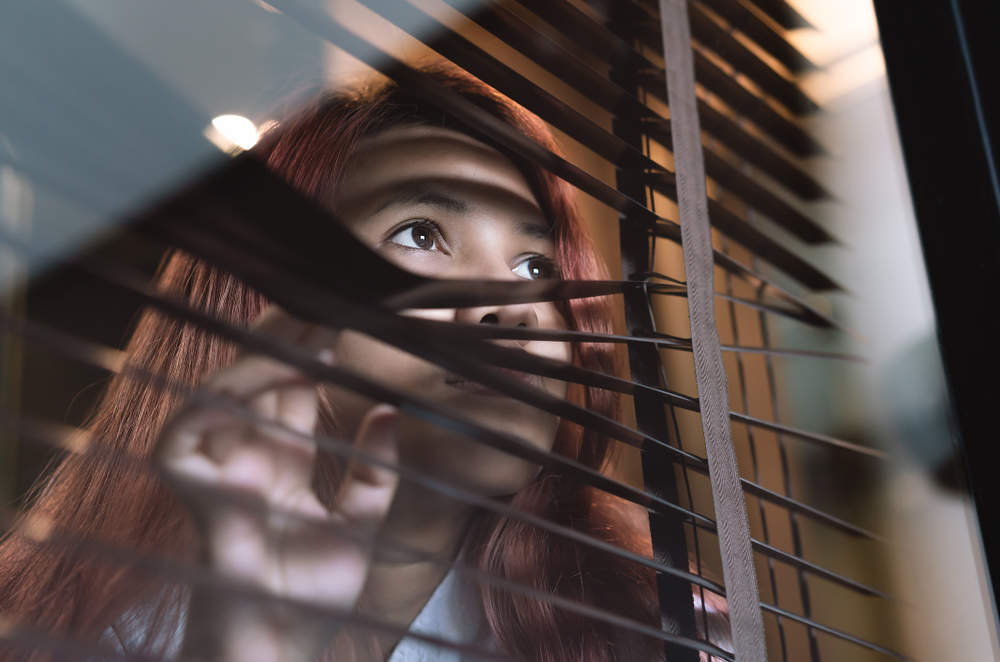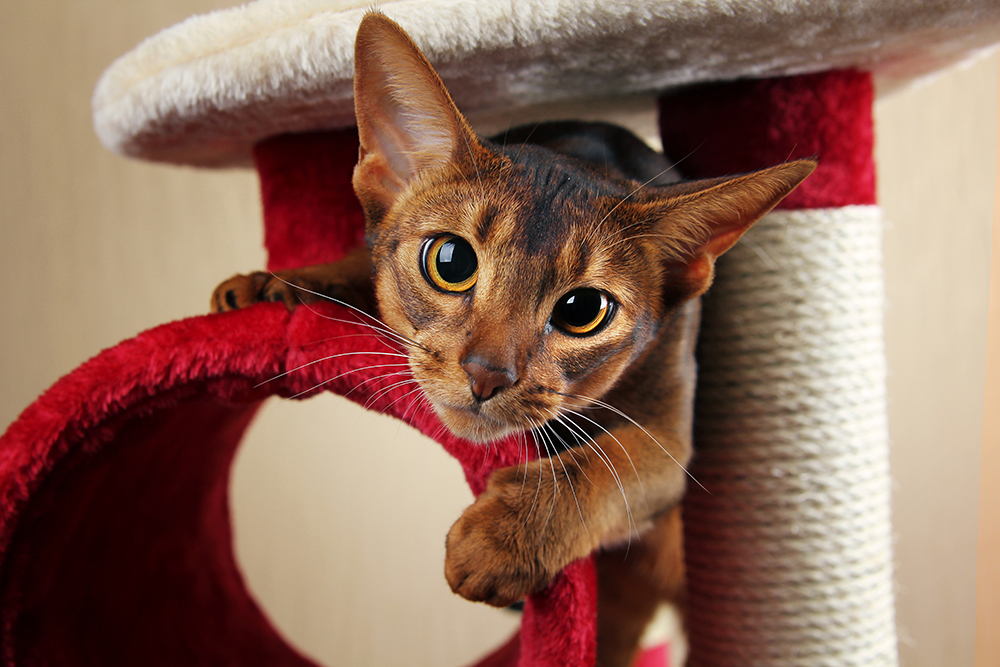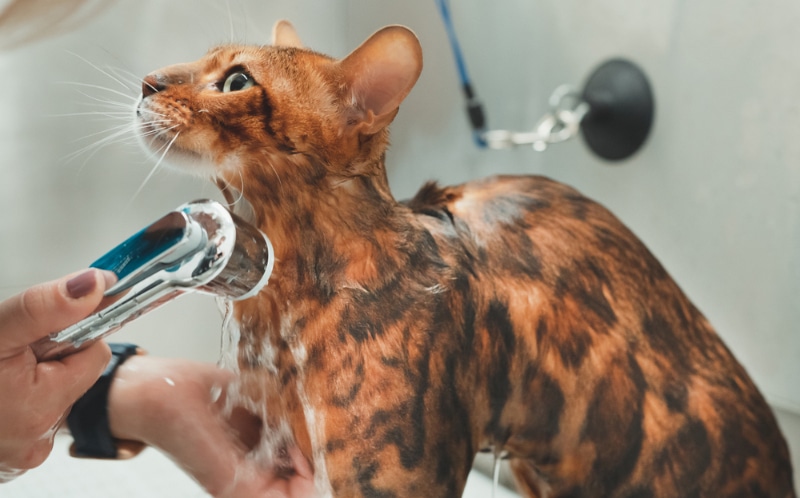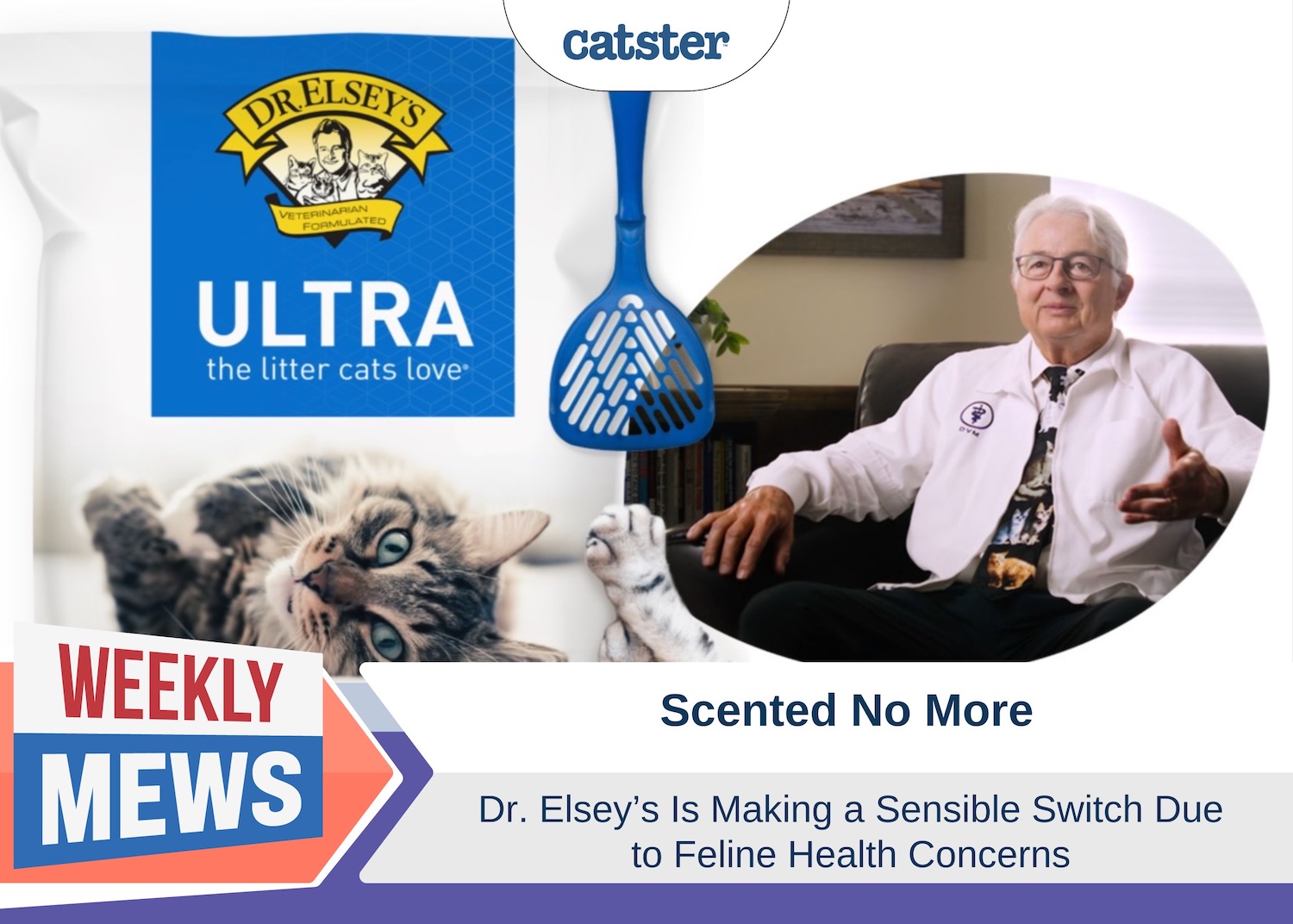Click to Skip Ahead
Ailouros is the Greek word for cat, and phobia translates to fear. Together, ailurophobia is the fear of cats. People who suffer from ailurophobia may experience intense anxiety or distress when in the presence of a cat, even if the cat is not currently near them (such as being shown on television). This can have devastating impacts on an ailurophobic person’s life, as they may put their entire life on hold just to avoid being around cats.

Are There Other Names for Ailurophobia?
If you have never heard the word “ailurophobia” before, there is a chance that you have heard of the fear of cats referred to by a different name.
- Felinophobia
- Aelurophobia
- Gatophobia
- Elurophobia
- Galeophobia
Are Phobias the Same as Fears?

Some people mistakenly believe that phobias are the same as common fears; however, that is far from the case. A phobia is a persistent and excessive fear. It is unrealistic and often connected to an item, animal, activity, person, or situation. Phobias are a type of anxiety disorder, so they are far more severe than your average fear.
Some phobias are very specific (such as ailurophobia) and are thus easier to avoid. Other phobias, such as claustrophobia (the fear of confined spaces), can affect all areas of life and can be very debilitating. However, in both instances, the case can become so severe that the afflicted individual’s life is put on hold. In the case of ailurophobia, an affected person may refuse to leave their house out of fear that they may cross paths with a cat.

How to Know if Someone Has Ailurophobia
If you believe that you or a loved one suffers from ailurophobia, there are a few signs that you can watch out for.
1. Intense, Consistent, and Irrational Feelings of Fear when Confronted by a Cat
If you experience uncontrollable and excessive fear whenever you are in the same space as a cat, even if the cat is simply on television or is verbally mentioned, that may be an indication that you have ailurophobia.
Your expressions of fear will be disproportionate to the situation at hand. For example, while most people will be startled by a hissing cat, few will run away from a cat that is simply napping.
2. Constant Avoidance of Cats
It’s one thing not to like cats or want to be around them, but it’s another thing entirely to experience a compulsive, intense need to avoid cats at all costs. If you experience intense fear around cats, you may attempt to avoid them.

3. Experiencing Shame About Your Fears
After suffering from an episode of fear, you may later experience an intense wave of shame. This often occurs because people with phobias recognize their fear is disproportionate, but they cannot help themselves from feeling it.
4. Suffering from Physical Symptoms of Anxiety When Around a Cat

If you experience physical symptoms of anxiety around cats, it indicates that you may have ailurophobia 1.
- Tremors
- Sweating
- Dizziness
- Nausea
- Difficulty breathing
- Palpitations

Fears That a Person May Experience If They Have Ailurophobia
People with ailurophobia may experience specific cat-related fears.
- Being afraid of getting attacked by a cat
- Seeing, discovering, or touching loose cat fur
- Crossing paths with a cat in public or private places
- Suffering from an evil, magical spell cast on them by a cat
- Coming across an image of a cat in books, movies, or other forms of media
- Hearing the sounds of cats on the radio or television
How Is Ailurophobia Caused?

Understanding how ailurophobia develops in a person can show what the individual is going through. Potential causes of ailurophobia may include:
| Past trauma: |
If you have experienced a traumatic event related to cats, it may have led to ailurophobia. An example of this would be if a cat attacked you.
|
| Family members who experience intense fears: |
If you have family members who suffer from phobia disorders, anxiety disorders, or ailurophobia specifically, your odds of developing a phobia increase.
|
| Modeled behavior: |
While you were young, if you witnessed a person suffering from intense ailurophobia or listened to them share their fears of cats, the fear may have been passed on to you.
|
| Negative folklore: |
Sadly, many stories cast cats as evil beings. These stories can become ingrained in our culture and may lead to some people developing ailurophobia.
|

How Is Ailurophobia Treated?

One of the primary treatments for ailurophobia is exposure therapy. Exposure therapy is a treatment in which a professional exposes the affected individual to their fear in a controlled setting. You should not do this on your own or attempt to do it for a friend, as the fear can be so intense that it may require professional help to calm the afflicted person.
Exposure therapy isn’t just about being confronted by your fear. During this process, you will also learn breathing techniques that help you soothe yourself when you encounter a cat. Often, the process will start with pictures or videos of cats before gradually progressing to more intense experiences, such as petting a cat in a controlled setting.
There are other forms of treatment that can be used to manage ailurophobia. Cognitive behavioral therapy (CBT) is one of them. This process helps you alter how you perceive and respond to certain circumstances. Oftentimes, CBT is used alongside exposure therapy.
Medication may also be used to manage the physical symptoms of anxiety, which may reduce the intensity of your ailurophobia.

Final Thoughts
Ailurophobia and other intense fears can impact the quality of your life. You may avoid normal life activities due to your fears, which may cause you to miss out on experiences and relationships. Thankfully, it is possible to overcome ailurophobia. If you or a loved one struggle with intense fears, contact your healthcare provider to look for solutions today.
Featured Image Credit: Antonio Guillem, Shutterstock








